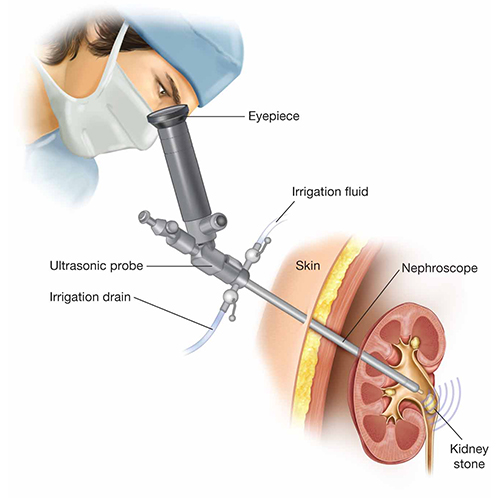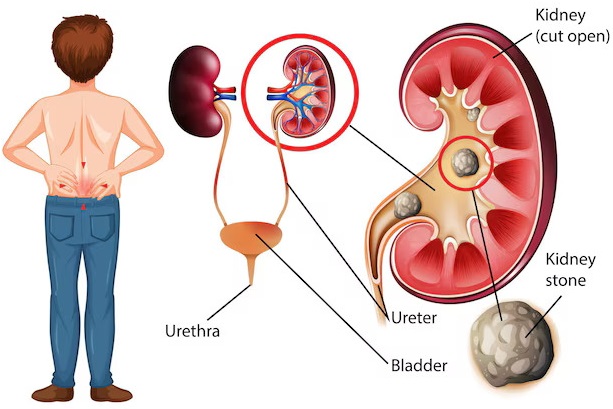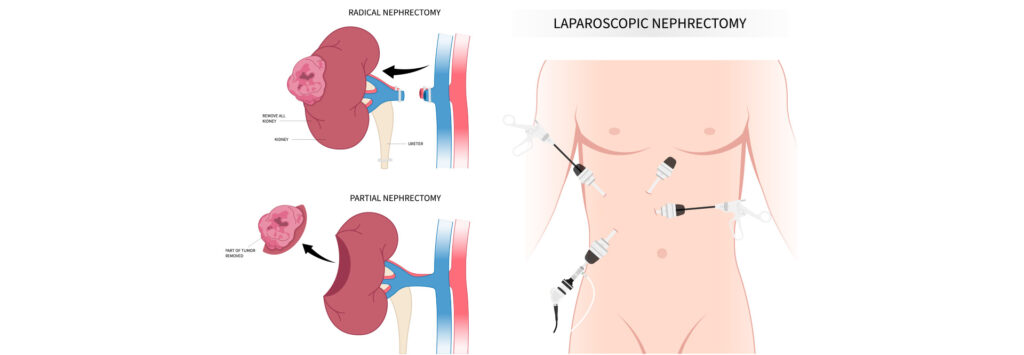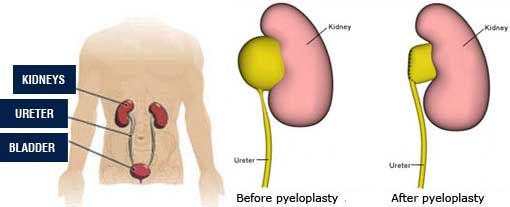Percutaneous Nephrolithotomy (PCNL) surgery — a procedure used to remove large or complex kidney stones — several specialized surgical instruments and equipment are used.
Key Equipment Used in PCNL Surgery:
Fluoroscopy or Ultrasound Machine
For real-time imaging to guide the surgeon during the procedure.
Nephrostomy Needle (e.g., Chiba needle)
Used to puncture the kidney through the skin and access the collecting system.
Guidewire (e.g., Zebra wire, J-tip wire)
A flexible wire placed through the needle to maintain access to the kidney.
Dilators (serial or balloon dilators / Fascial Dilators / Metal or Plastic Serial Dilators)
Used to widen the tract from the skin to the kidney, allowing for instrument passage.
Amplatz Sheath (Working Sheath)
A hollow tube that provides a working channel to the kidney for instruments.
Nephroscope (Rigid or Flexible)
A rigid endoscope designed to visualize and access stones inside the kidney.
Stone Fragmentation Devices (Lithotripters)
Ultrasonic Lithotripter – Uses sound waves to break stones.
Pneumatic Lithotripter – Uses compressed air to hammer and break stones.
Laser Lithotripter (Holmium:YAG laser) – Precise stone fragmentation using laser energy.
Stone Retrieval Forceps or Baskets
Stone Graspers / Forceps – For grabbing and extracting stone fragments.
Stone Retrieval Basket – For collecting and removing stone pieces.
Irrigation System
Provides continuous saline flow to keep the field clear.
Nephrostomy Tube (post-op)
Temporarily placed to drain urine and allow healing after the procedure.
Ureteral Stent (Double J stent)
Keeps ureter open and ensures urine flow during healing.
Suction System
Helps remove stone debris and fluid during the procedure.












